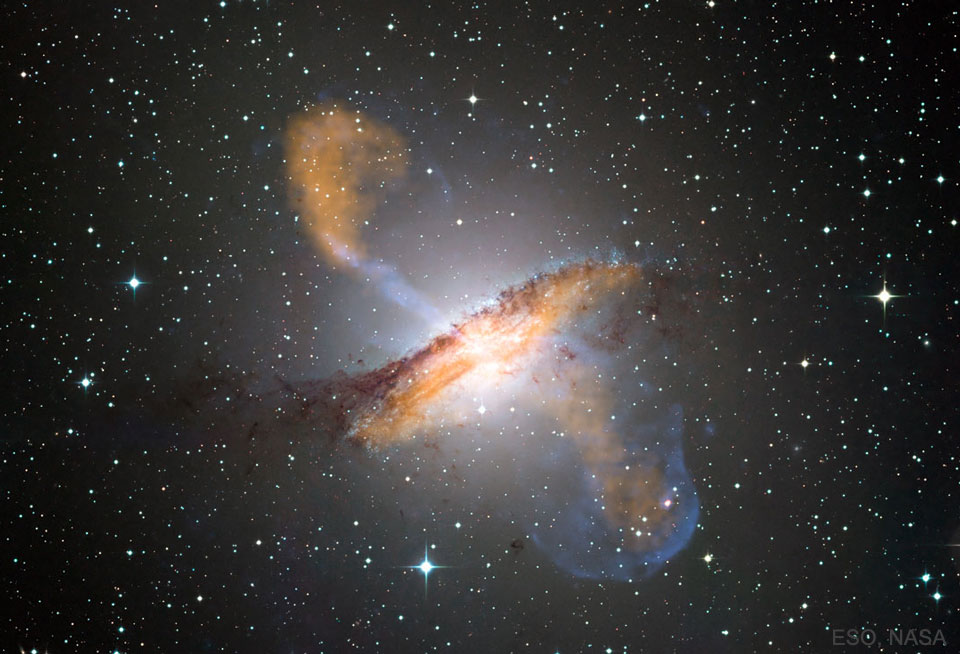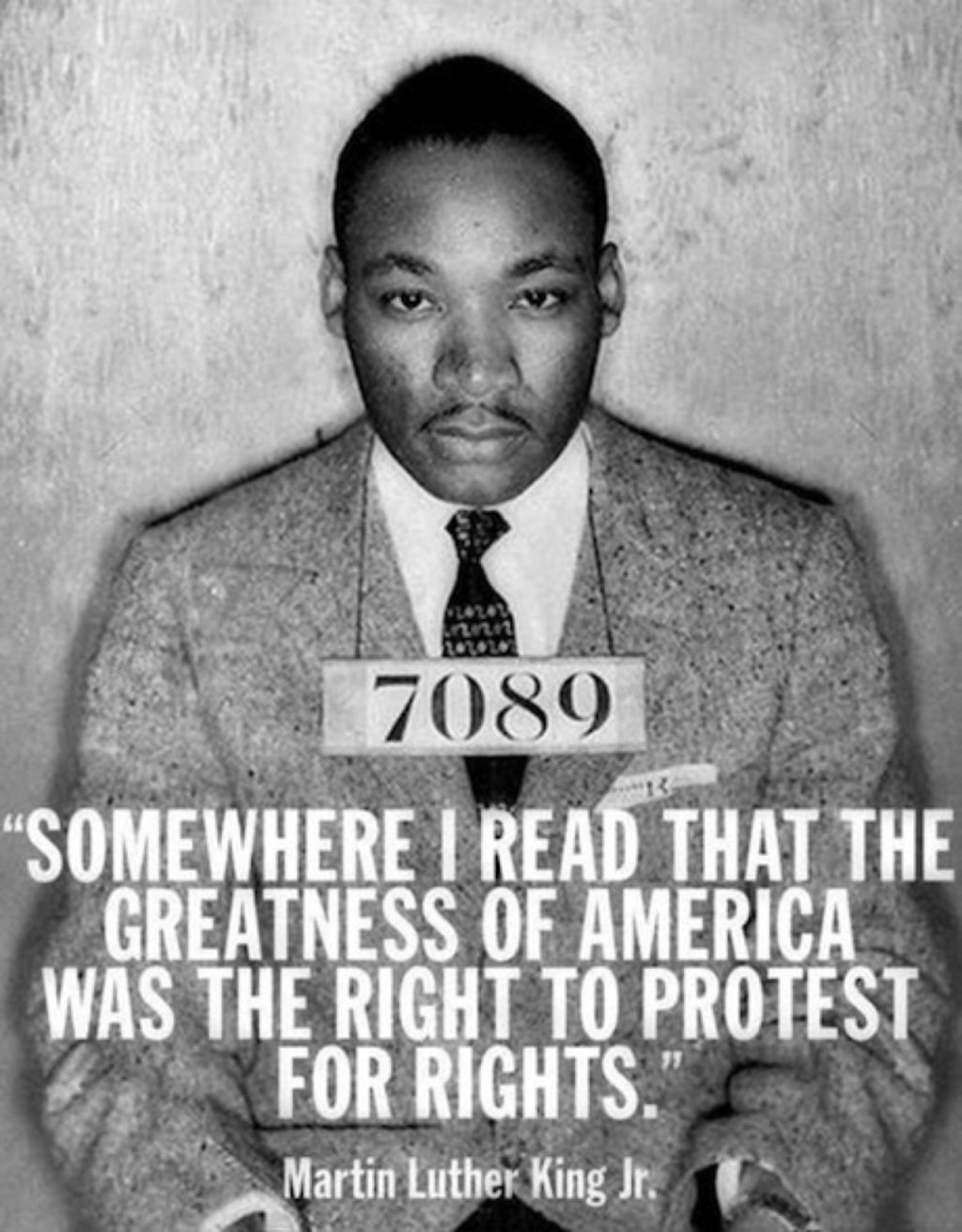Blog
Henry Gray (January 19, 1925 – February 17, 2020) was an American blues piano player and singer born in Kenner, Louisiana. He played for more than seven decades and performed with many artists, including Robert Lockwood Jr., Billy Boy Arnold, Morris Pejoe, the Rolling Stones, Muddy Waters, and Howlin’ Wolf. He has more than 58 albums to his credit, including recordings for Chess Records. He is credited as helping to create the distinctive sound of the Chicago blues piano. In 2017, Gray was inducted in to the Blues Hall of Fame.
Shortly after he was born, Gray, an only child, moved with his parents to a farm in Alsen, Louisiana, a few miles north of Baton Rouge, where he lived during his childhood. He began studying the piano at the age of eight, taking lessons from a neighborhood woman, Mrs. White. Gray also credits the radio and music records in his home for inspiring his love of music at an early age. A few years later, he began playing piano and organ at the local Baptist church, and his family eventually acquired a piano for the house. Playing the blues was not encouraged in his family, but Henry played blues at Mrs. White’s house, and by the time he was 16 he was playing blues at a club in Alsen. His father initially disapproved of the job but became supportive after seeing how much money his son was making.
more...https://www.youtube.com/watch?v=rBR6u6ExGdA
more...CTB-1 is the expanding gas shell that was left when a massive star toward the constellation of Cassiopeia exploded about 10,000 years ago. The star likely detonated when it ran out of elements, near its core, that could create stabilizing pressure with nuclear fusion. The resulting supernova remnant, nicknamed the Medulla Nebula for its brain-like shape, still glows in visible light by the heat generated by its collision with confining interstellar gas. Why the nebula also glows in X-ray light, though, remains a mystery. One hypothesis holds that an energetic pulsar was co-created that powers the nebula with a fast outwardly moving wind. Following this lead, a pulsar has recently been found in radio waves that appears to have been expelled by the supernova explosion at over 1000 kilometers per second. Although the Medulla Nebula appears as large as a full moon, it is so faint that it took 130-hours of exposure with two small telescopes in New Mexico, USA, to create the featured image.

Al Foster (born January 18, 1943) is an American jazz drummer. Foster played with Miles Davis during the 1970s and was one of the few people to have contact with Davis during his retirement from 1975–1981. Foster also played on Davis’s 1981 comeback album The Man with the Horn. He was the only musician to play in Davis’s band both before and after his retirement. He has toured extensively with Herbie Hancock, Sonny Rollins, and Joe Henderson.
Foster was born in Richmond, Virginia, and grew up in New York. He began playing drums at the age of 13 and made his recording debut on Blue Mitchell‘s The Thing to Do at age 20.
He joined Miles Davis‘s group when Jack DeJohnette left in 1972, and played with Davis until 1985. In his 1989 autobiography, Davis described the first time he heard Foster play live in 1972 at the Cellar Club in Manhattan: “He [Foster] knocked me out because he had such a groove and he would just lay it right in there. That was the kind of thing I was looking for. Al could set it up for everybody else to play-off and just keep the groove going forever.” Foster began composing in the 1970’s, and has toured with his own band, including musicians such as bassist Doug Weiss, saxophonist Dayna Stephens, and pianist Adam Birnbaum.
https://www.youtube.com/watch?v=lgTeiCzY1xc
more...Johnny Costa (born John Costanza; January 18, 1922 – October 11, 1996) was an American jazz pianist. Given the title “The White Art Tatum” by jazz legend Art Tatum, Costa is best known for his work as musical director of the children’s television program Mister Rogers’ Neighborhood.
Costa learned to play accordion at age seven and was reading music three years later. Frank Oliver, Costa’s high school music teacher, urged him to learn the piano after discovering that Costa had perfect pitch. Costa graduated from Carnegie Mellon University with degrees in music and in education. In case he failed as a musician, Costa prepared himself to teach. On the day of his graduation, he began work as the house pianist for a radio station in Pittsburgh. Eventually he performed the same role for KDKA-TV in Pittsburgh. He provided piano and organ music for many programs, eventually teaming with Fred Rogers to arrange and perform the music heard on Mister Rogers’ Neighborhood.
Costa’s first recording was The Amazing Johnny Costa, a Savoy LP released in 1955 and reissued on CD as Neighborhood in 1989. Although his increasingly lucrative career was beginning to bring him international attention, the amount of time away from his family and friends led him to live and perform only in western Pennsylvania. He stopped traveling and gave up his job as musical director of The Mike Douglas Show. He returned to Pittsburgh and remained there for the rest of his life.
Costa appeared along with guitarist Joe Negri on the 1954 Ken Griffin TV series 67 Melody Lane. Johnny and Joe played two numbers, “After You’ve Gone” and “Little Brown Jug”, the latter with Ken Griffin at the organ.
https://www.youtube.com/watch?v=k7Q1a_r6-vM&t=23s
more...Vassilis Tsitsanis (Greek: Βασίλης Τσιτσάνης 18 January 1915 – 18 January 1984) was a Greek songwriter and bouzouki player. He became one of the leading Greek composers of his time and is widely regarded as one of the founders of modern Rebetiko and Laiko music. Tsitsanis wrote more than 500 songs and is still remembered as an extraordinary composer and bouzouki player.
Tsitsanis was born in Trikala. From a young age, Tsitsanis was interested in music and learned to play violin, mandola and mandolin which were mainstays of so many of his songs. In 1936, he left for Athens to study law, and by 1937 had also learned bouzouki and made his first musical recording.
In 1938, he moved to Thessaloniki, where he completed his military service, and stayed there for about ten years, during the German occupation of Greece. There he became famous, opened also an ouzeri, got married and wrote many of his best songs that were later recorded after the end of the War. By the shut-down of the record companies by the German occupation Forces in 1941, he had already recorded about 100 of his own songs and played on many recordings of other composers.
In 1946, Tsitsanis returned to Athens and began recording many of his own compositions that made famous many of the singers that worked with him, such as Sotiria Bellou (Σωτηρία Μπέλου), Marika Ninou (Μαρίκα Νίνου), Ioanna Georgakopoulou and Prodromos Tsaousakis. Tsitsanis developed the “westernization” of the rebetiko and made it more known to large sections of the population, setting also the bases for the future laiko.
more...Wilford F. (Min) Leibrook (January 18, 1903 – June 8, 1943) was an American jazz tubist and bassist.
Born in Hamilton, Ohio, Leibrook began as a cornetist before switching to tuba and bass. In the 1920s he played in the Ten Foot Band in Chicago. He played in The Wolverines in 1924 alongside Bix Beiderbecke, where he made his first recordings, and later joined the band of Arnold Johnson.
In 1927 he moved to New York City, where he played in the Paul Whiteman Orchestra until 1931. During this time he began recording on bass saxophone, mostly with small jazz groups from the Whiteman band under Beiderbecke and Frankie Trumbauer.
He worked later in the 1930s with Lennie Hayton and Eddie Duchin, mostly on string bass. In 1936 he played in the group The Three T’s, with Trumbauer, Jack Teagarden, and Charlie Teagarden.
By the late 1930s, Leibrook moved to Los Angeles and worked as a bassist in radio and theaters. He never recorded as a leader.
Leibrook died at age 40 as a result of meningitis. He is buried in Forest Lawn Memorial Park, Glendale.
more...The jets emanating from Centaurus A are over a million light years long. These jets of streaming plasma, expelled by a giant black hole in the center of this spiral galaxy, light up this composite image of Cen A. Exactly how the central black hole expels infalling matter remains unknown. After clearing the galaxy, however, the jets inflate large radio bubbles that likely glow for millions of years. If energized by a passing gas cloud, the radio bubbles can even light up again after billions of years. X-ray light is depicted in the featured composite image in blue, while microwave light is colored orange. The base of the jet in radio light showsdetails of the innermost light year of the central jet.

Cyrus Chestnut (born January 17, 1963) is an American jazz pianist, composer and producer. In 2006, Josh Tyrangiel, music critic for Time, wrote: “What makes Chestnut the best jazz pianist of his generation is a willingness to abandon notes and play space.”
Cyrus Chestnut was born in Baltimore, Maryland, in 1963, son of McDonald (a retired post-office employee and church pianist) and Flossie (a city social services worker and church choir director). Chestnut started learning piano at the age of seven, and in his boyhood played at Mount Calvary Baptist Church. By the age of nine, he was studying classical music at the Peabody Institute. In 1985, Chestnut earned a degree in jazz composition and arranging from Boston’s Berklee College of Music.
more...Billy Harper (born January 17, 1943) is an American jazz saxophonist, “one of a generation of Coltrane-influenced tenor saxophonists” with a distinctively stern, hard-as-nails sound on his instrument. In 1965 Harper earned a Bachelor of Music degree from the University of North Texas.
Harper has played with some of jazz’s greatest drummers; he served with Art Blakey‘s Messengers for two years (1968–70); he played very briefly with Elvin Jones (1970), he played with the Thad Jones/ Mel Lewis Orchestra in the 1970s, and was a member of Max Roach‘s quartet from 1971-1978. In 1979, Harper formed his own group, touring with it and documenting its music on the recording Billy Harper Quintet in Europe, and he was featured as a soloist on a 1983 recording, Such Great Friends, with virtuoso, visionary pianist and record producer Stanley Cowell. After a period of relative inactivity in the 1980s, Harper came back strong with another international tour, which ended with perhaps his most ambitious recording: the three-volume Live on Tour in the Far East (1991). In the new millennium Harper’s recording activity has been subdued and sporadic, though more recently he appeared as a regular member of pianist-jazz historian Randy Weston‘s ensembles. In 2013 they recorded their first album as a duo, entitled The Roots of the Blues.
more...Cedar Anthony Walton, Jr. (January 17, 1934 – August 19, 2013) was an American hard bop jazz pianist. He came to prominence as a member of drummer Art Blakey‘s band before establishing a long career as a bandleader and composer. Several of his compositions have become jazz standards, including “Mosaic”, “Bolivia”, “Holy Land”, “Mode for Joe” and “Fantasy in D”.
Walton was born and grew up in Dallas, Texas. His mother Ruth was an aspiring concert pianist, and was Walton’s initial teacher. She also took him to jazz performances around Dallas. Walton cited Nat King Cole, Bud Powell, Thelonious Monk and Art Tatum as his major influences on piano.He began emulating recordings of these artists from an early age.
After briefly attending Dillard University in New Orleans, he went to the University of Denver as a composition major originally, but was encouraged to switch to a music education program targeted to set up a career in the local public school system. This switch later proved extremely useful since Walton learned to play and arrange for various instruments, a talent he would hone with Art Blakey’s Jazz Messengers.
Walton was tempted by the promise of New York City through his associations with John Coltrane, Charlie Parker, and Richie Powell, whom he met at various after-hours sessions around the city of Denver, Colorado. In 1955, he decided to leave school and drove with a friend to New York City. He quickly got recognition from Johnny Garry, who ran Birdland at that time.
more...Sidney “Big Sid” Catlett (January 17, 1910 – March 25, 1951) was an American jazz drummer. Catlett was one of the most versatile drummers of his era, adapting with the changing music scene as it progressed toward bebop.
Catlett was born in Evansville, Indiana and at an early age he was instructed in the rudiments of piano and drums under the tutelage of a music teacher hired by his mother. When he and his family relocated to Chicago, Catlett received his first drum kit, and immersed himself in the diverse styles and techniques of Zutty Singleton, Warren “Baby” Dodds, and Jimmy Bertrand, among others. In 1928, Catlett began playing with violinist and clarinet player Darnell Howard, before joining pianist Sammy Stewart’s Orchestra in New York City and making appearances at the Savoy Ballroom.
After performing for several lesser established musical acts, Catlett began recording and performing with multiple musicians including Benny Carter, McKinney’s Cotton Pickers, Fletcher Henderson, and Don Redman throughout the 1930s. Between 1938 and 1942, Catlett was Louis Armstrong‘s drummer of choice as he was regularly featured in Armstrong’s big band, while also periodically joining Benny Goodman‘s group. Following a brief stint in collaboration with Duke Ellington in 1945, Catlett led some of his own bands through the remainder of the 1940s, and was involved in Armstrong’s All-Stars between 1947 and 1949.
more...More Posts
- The Cosmos with PN G054.2-03.4
- Clifford Jordan Day
- Horace Silver Day
- Booker T Laury Day
- World Music with Benedicte Maurseth
- Daily Roots with Kenny Knots
- The Cosmos with M45
- Gene Harris Day
- Art Pepper Day
- World Music with Ngô Hồng Quang
- Daily Roots with Mykal Rose
- The Cosmos with Trapezium
- Van Morrison Day
- Herman Riley Day
- Paul Winter Day
- World Music with Kaïssa
- Daily Roots with Black Skin The Prophet
- The Cosmos with NGC 6357
- John Phillips Day
- Kenny Dorham Day

